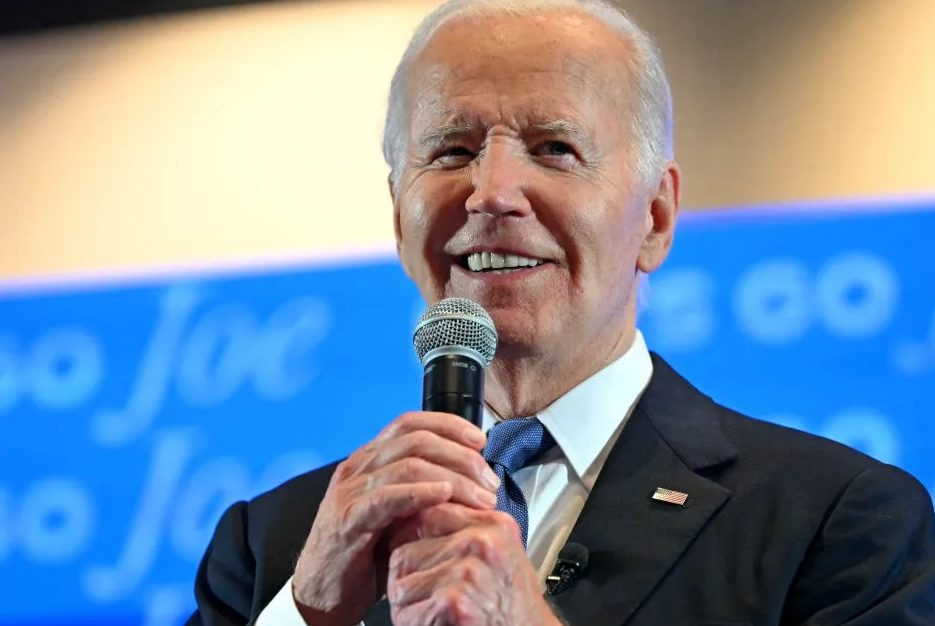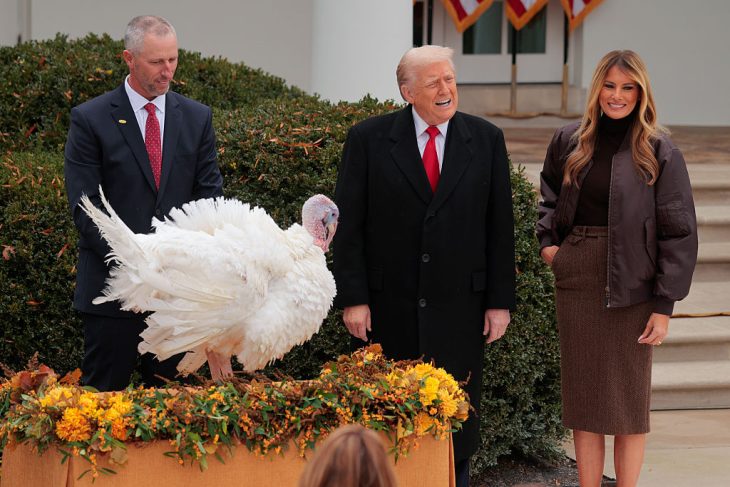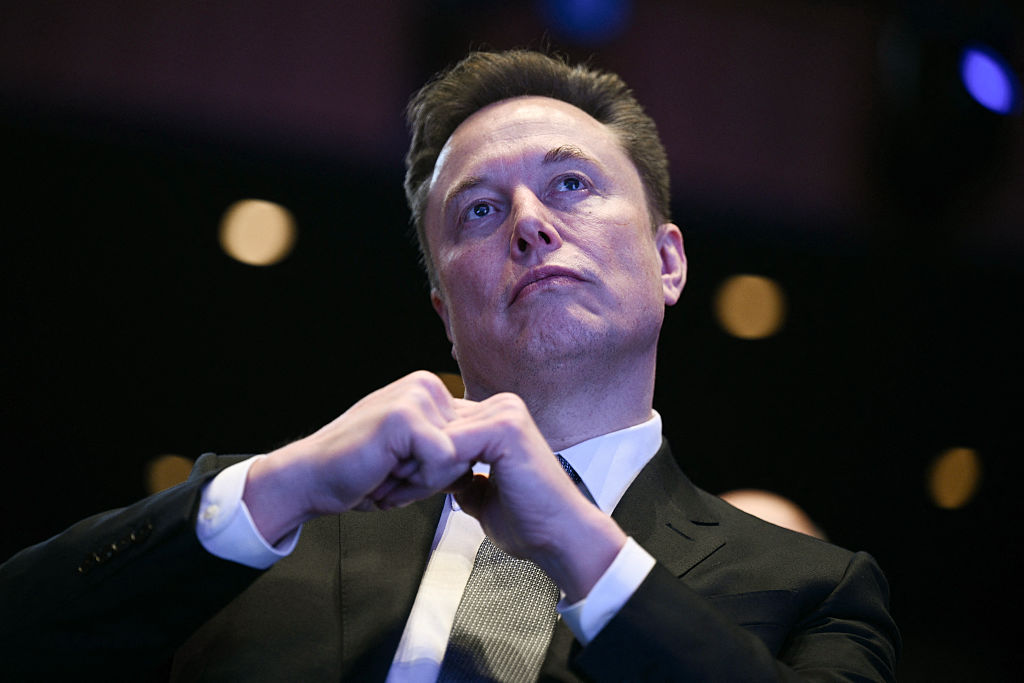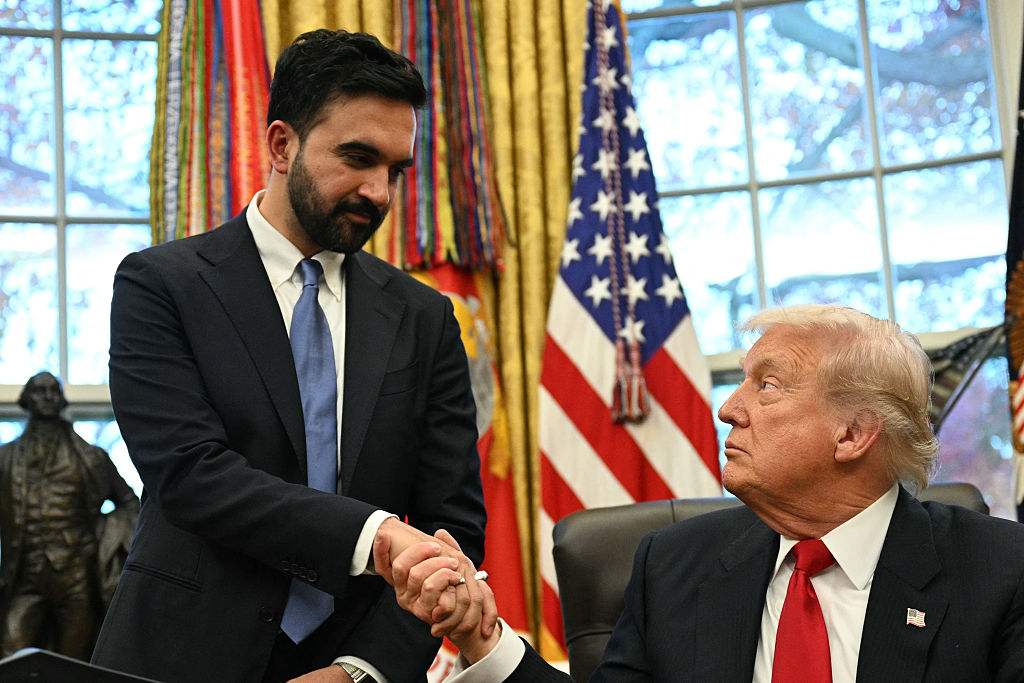Joe Biden has a cold. That was the desperate message sent out by sources close to the president halfway through Thursday night’s painful debate. Biden’s sick-note recalls the first televised debate in 1960, when the incumbent vice president and Republican nominee Richard Nixon, recently hospitalized and still recovering from a staph infection, appeared pale and sickly beside the tanned, waspy Democrat John F. Kennedy who had the advantage of makeup on his side.
Trump and Biden campaigns have been courting ‘content creators’
Six-and-a-half decades on, the presidential debates remain little more than a beauty pageant, this time apparently with morticians staffing the makeup team. The televised format changed the presidency forever, laying on candidates the expectation to come across not just statesmanlike, but photogenic, eloquent and quick-witted, too. It has become a high-stakes form of reality television, just a remote-click away from the Kardashians.
But fashions change. Television seems to be in its dying days, with cable network viewership tanking across the board. CNN reported a 20 percent year-on-year drop in ratings in 2023, despite its last-ditch attempts to recover from the reputation for anti-Trump bias it earned under Jeff Zucker in the previous two election cycles. In a bid to earn credibility as a fair, legitimate news source, CNN hosted Trump’s town hall with Kaitlan Collins last year and the presidential debates this year. These programs, clipped, edited and injected into the endless scroll of social media, have only emphasized television’s subordination to the digital world.
Trump is proving himself the master of the new medium. He did exactly what he needed to do in the debate — let Biden mutter incomprehensibly while he looked incredulous, playing off the split-screen format where thirty seconds of nonsense does better numbers online than a coherent thirty-second argument. Trump didn’t have to be a master of elocution. He just had to look alive while Biden stared slack-jawed into the abyss and social media did the rest.
Thursday’s debate had relatively low ratings — only a little more than 51 million viewers. By comparison, a ninety-second reel of Biden’s debate ramblings on Trump’s Instagram has received almost 13 million views. A seven-second clip of Trump’s now-famous swing, which cuts to an edit where a cartoon golf ball thwacks Biden in the head, sending him tumbling over? That got 20 million views.
Trump’s stream-of-consciousness campaign monologues, mewing mugshot and all-caps “Truths” are fodder for social media. He knows how to captivate us. His three TikToks have garnered 13.7 million likes and have won him a following of 7.1 million accounts. Biden, on the other hand, has posted hundreds of videos since opening his account in February, which combined have only won him 5.2 million likes and a following of 389,000.
Since 2020, the number of Americans who report using TikTok as a news source has more than quadrupled, from 3 percent to 14 percent, according to Pew Research. It’s still outpaced as a news source by Facebook and X, but TikTok’s short-form videos have become the blueprint for other social media. Meta introduced Instagram and Facebook “reels”!in 2020 and 2021, respectively. YouTube created its “shorts” format in September 2020. X introduced “immersive” full-screen videos in 2022, which mimics TikTok’s “autoscroll” feed — when one video finishes, another automatically plays. An infinite slew of infotainment.
It makes sense, then, the desperation with which the White House hit out against “cheap fakes” — viral videos capturing Biden’s senility, which they claimed were misleading and taken out of context because you need context to understand what you see with your own eyes. He just walks like that, OK? (He’s been surrounded with an ever-increasing posse of aides, his “walkers,” to disguise his gait.) In a tightly-policed mediascape where publications go to great lengths to disguise or diminish Biden’s cognitive decline, citizen reporters, with their renegade pocket-cams, are the party line’s biggest liability.
On Friday, amid the fallout of the disastrous debate, the White House announced it was planning a social media conference in August, where it will invite Internet personalities to mingle with senior officials. “The inaugural White House Creator Economy Conference will emphasize the administration’s commitment to creators, and reinforce the economic and cultural value they represent,” said Christian Tom, the director of the White House Office of Digital Strategy. Like it or not, influencers have grafted themselves onto the fourth pillar of democracy.
In the last year, the Trump and Biden campaigns have been courting “content creators” across all platforms. Biden gives them exclusive tours of the White House while Trump schmoozes with them at Mar-a-Lago. Influencers join the ranks of journalists and commentators in the debate spin room, and for the first time ever, this year’s Democratic National Convention in Chicago will credential influencers as they would traditional media outlets. The convention could, of course, be unprecedented for other reasons. But for now the Biden campaign appears to be on its last legs, searching for a meme manager to save it.
This article was originally published on The Spectator’s UK website.


























Leave a Reply